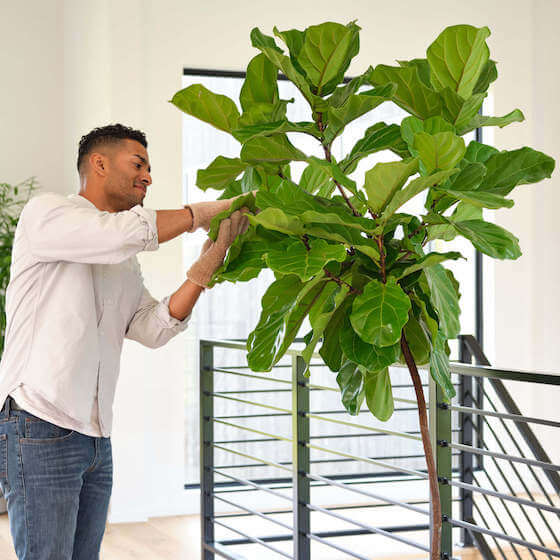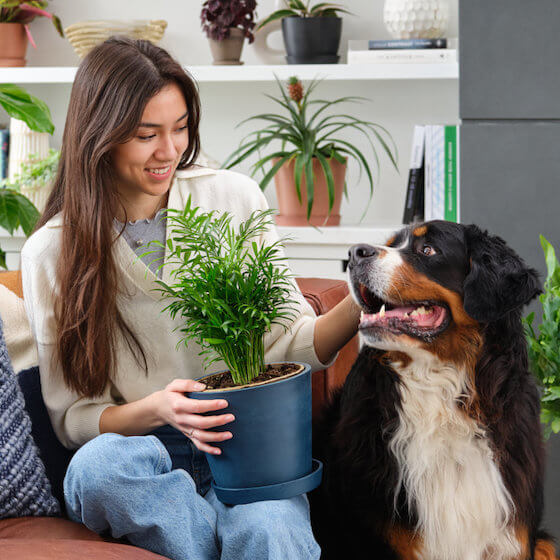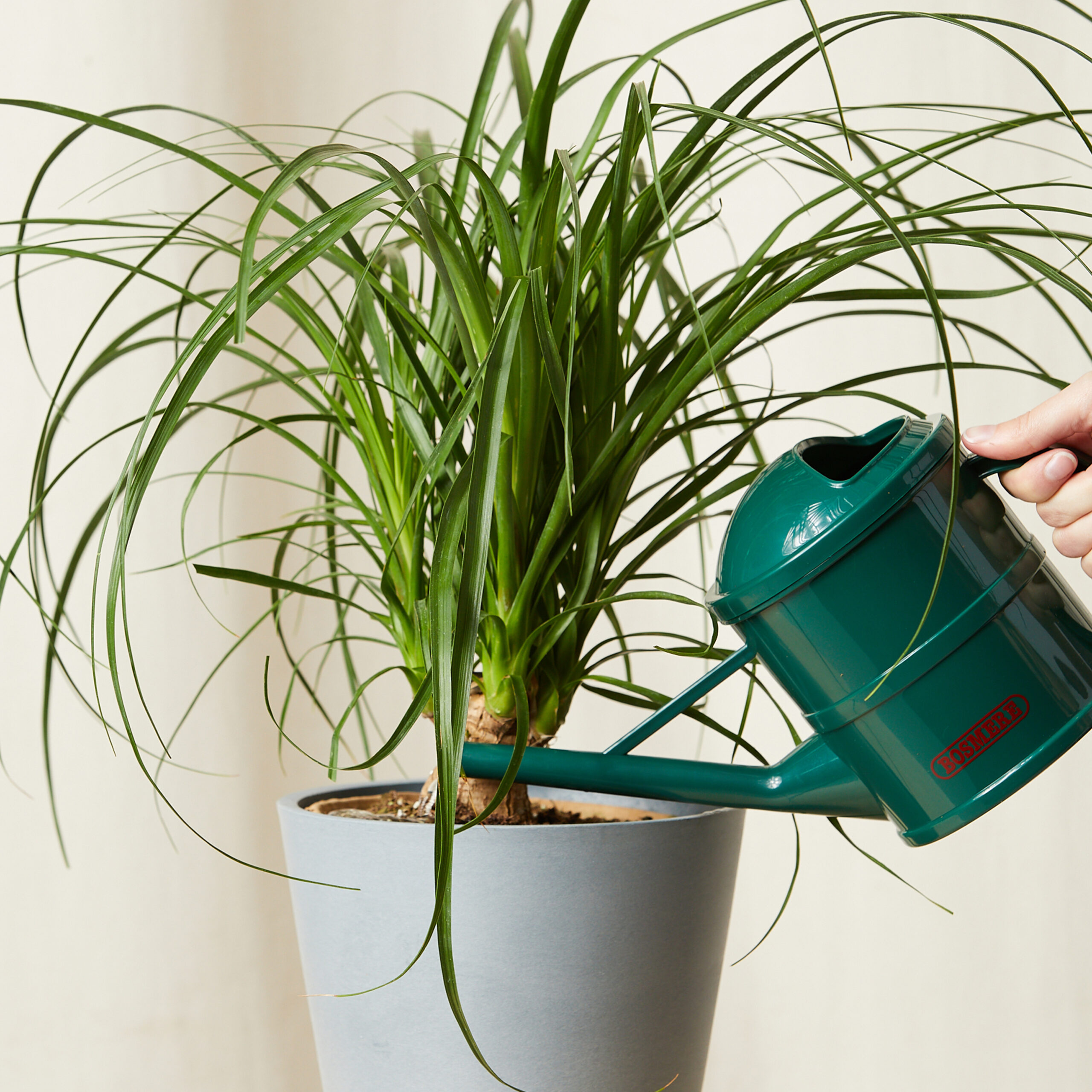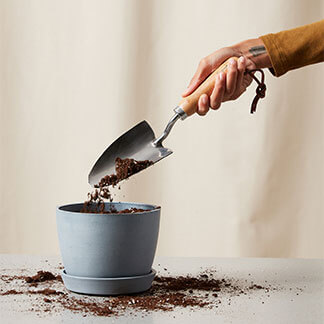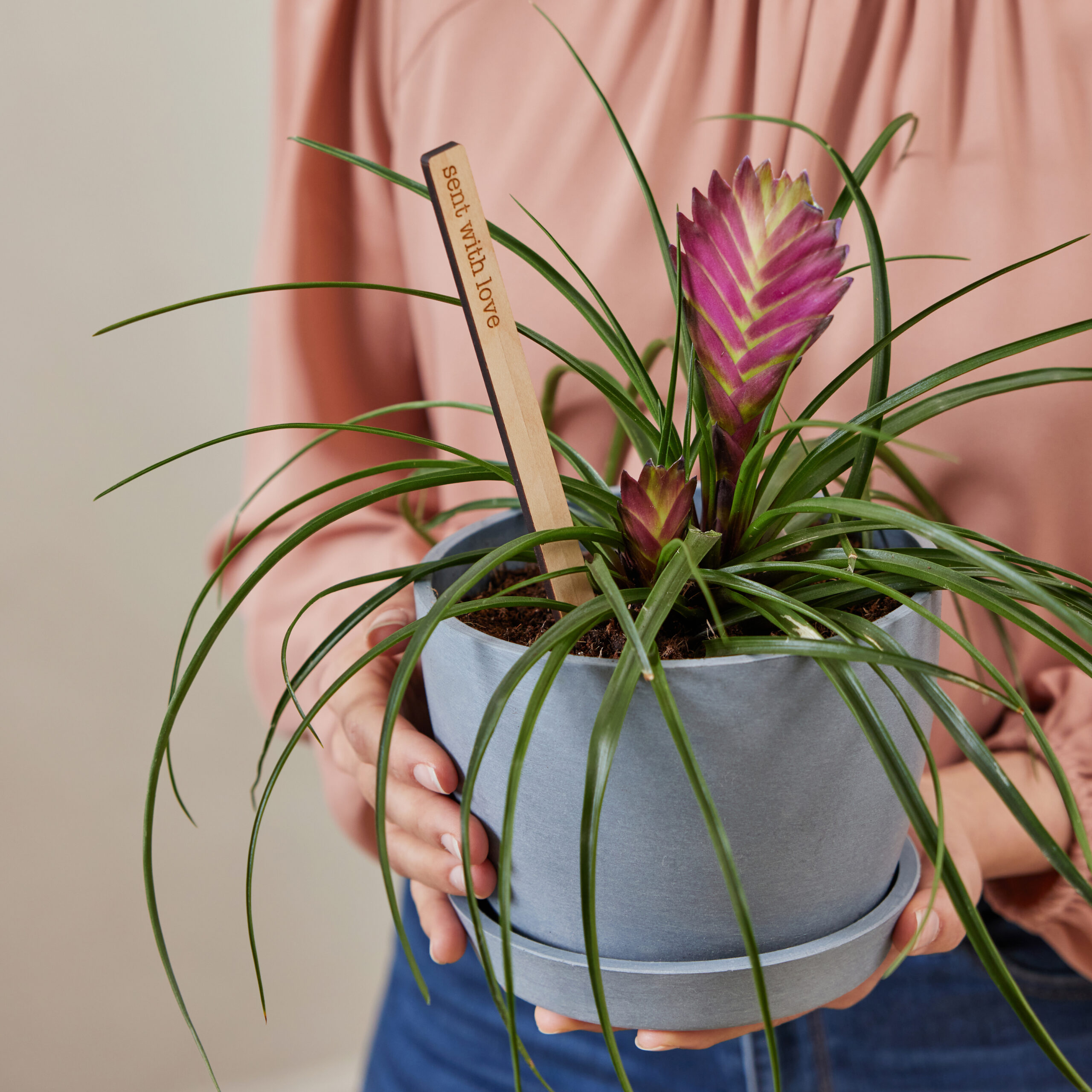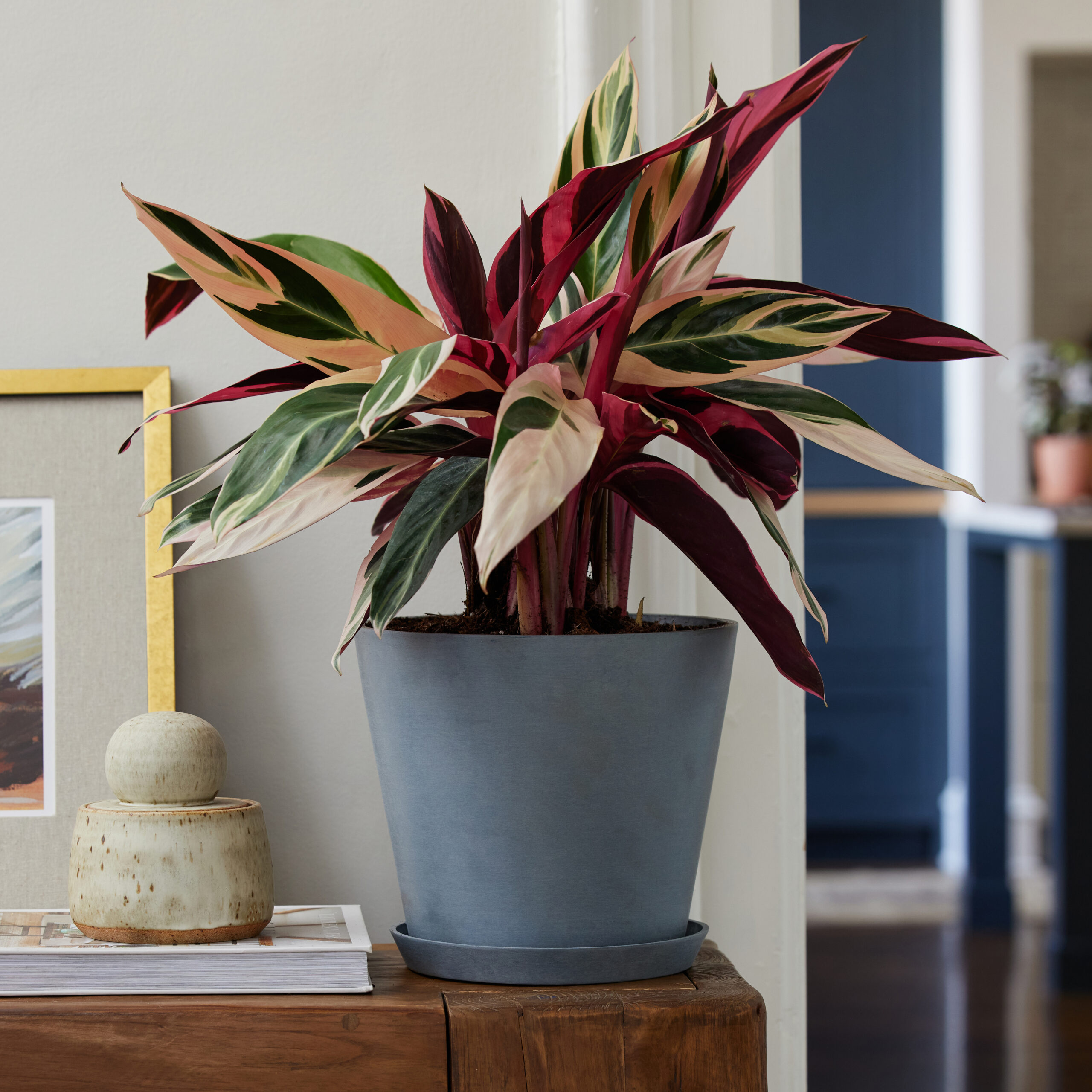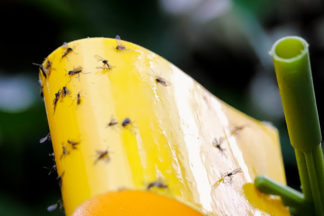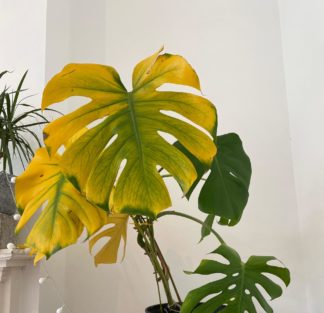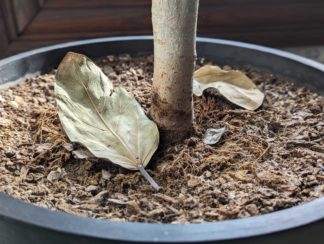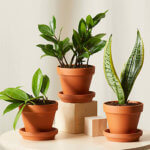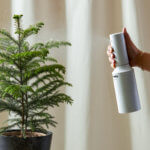Plant Care
5 Telltale Signs Of Overwatered Plants, According To The Grow-How Team
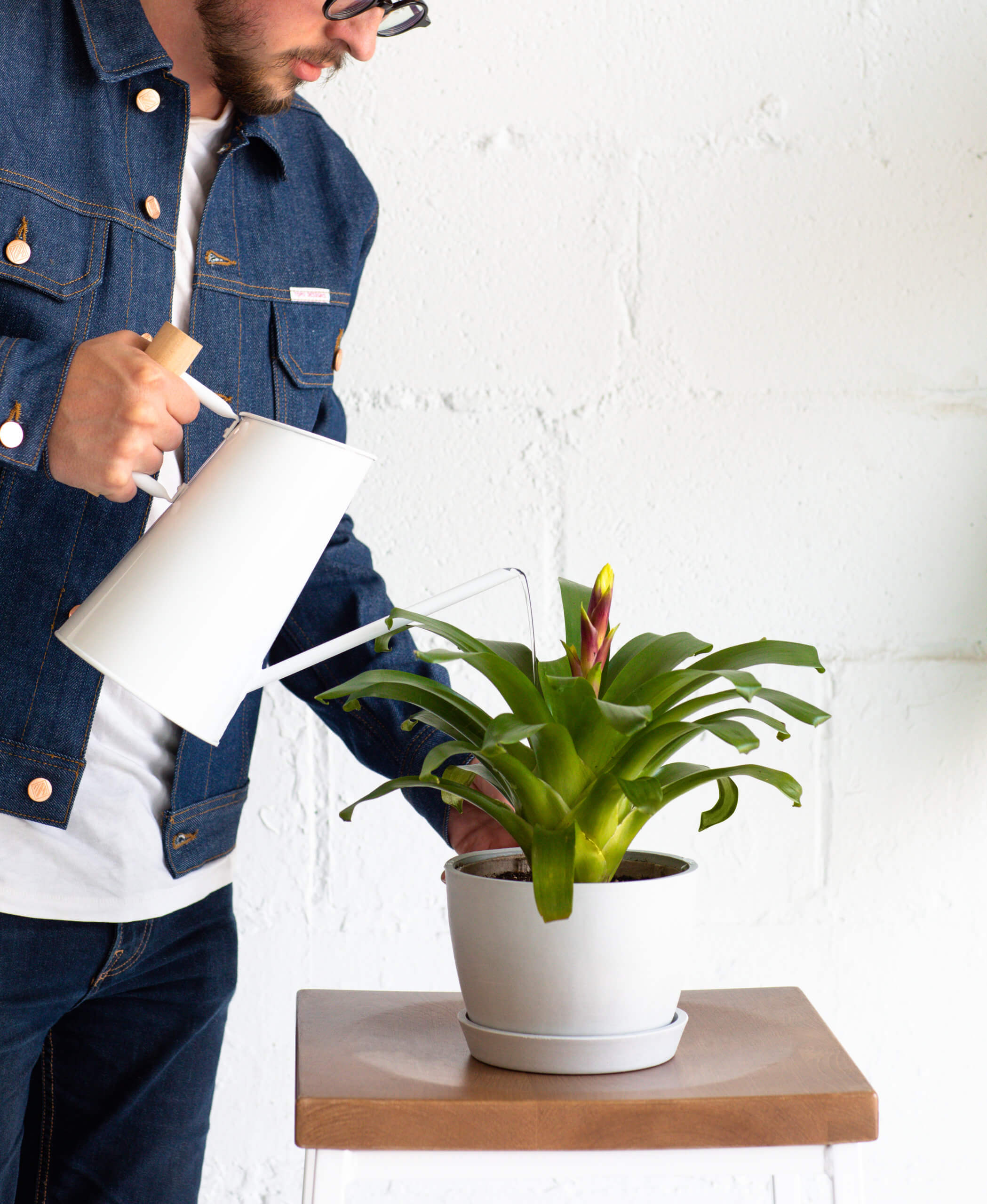
In addition to purifying the air and breathing new life into our homes, plants tap into our innate desire to nurture. As living, breathing organisms, indoor plants of all sizes require our attention, care, and water to survive.
But as any snake plant or succulent owner can attest, not all plants require constant attention. In fact, many prefer to be ignored altogether. Our Grow-How Team of plant experts agree that plants can and will die from overwatering—if the roots are in waterlogged soil, they won’t be able to breathe and will drown.
This issue is especially prevalent during times of slow growth, whether due to the short days of winter or for plants placed in lower-light areas. To save your greenery from death by H20, put down the watering can and read up on the signs of overwatered plants.
How To Prevent Overwatering
Fortunately, you can educate yourself about this common faux pas and prevent overwatering from happening in the first place. First and foremost, it’s important to read each plant’s care instructions and adjust your watering routine accordingly—for example, a snake plant will not need the same amount of water or to be watered as frequently as a parlor palm. Each Bloomscape plant comes with a detailed care card, which you should hold onto and reference as needed.
Secondly, you should always purchase a pot with drainage holes. One of the main reasons a plant becomes overwatered is because the pot does not have the proper drainage. A hole in the bottom of your plant pot allows the soil to be thoroughly watered and any excess water to seep out of the bottom of the pot. Especially for those who like to water their plants more often than needed, a pot with no drainage holes exacerbates this problem.
Signs Of Overwatered Plants: What To Look For
Keep an eye out for the five signs of overwatered plants to keep your greenery in good health:
1. If a plant is overwatered, it will likely develop yellow or brown limp, droopy leaves as opposed to dry, crispy leaves (which are a sign of too little water). Wilting leaves combined with wet soil usually mean that root rot has set in and the roots can no longer absorb water.
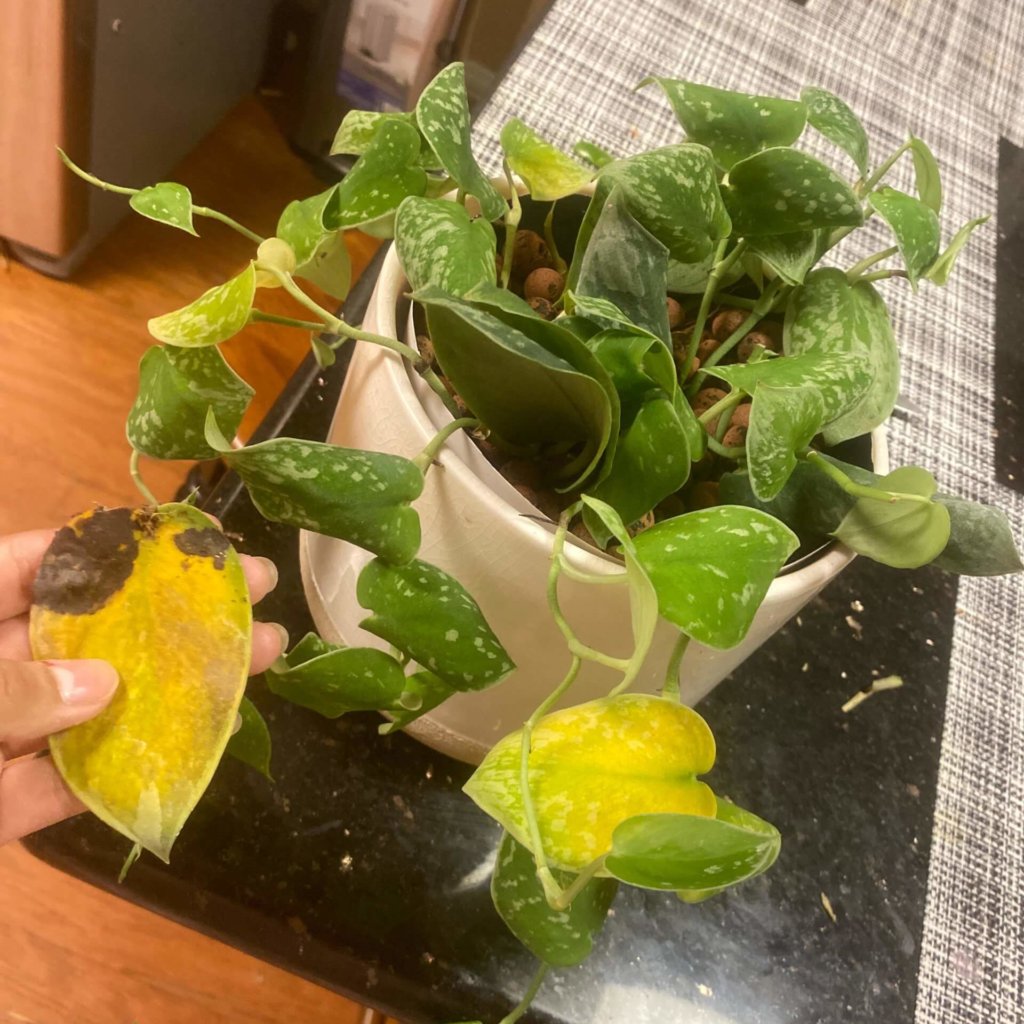
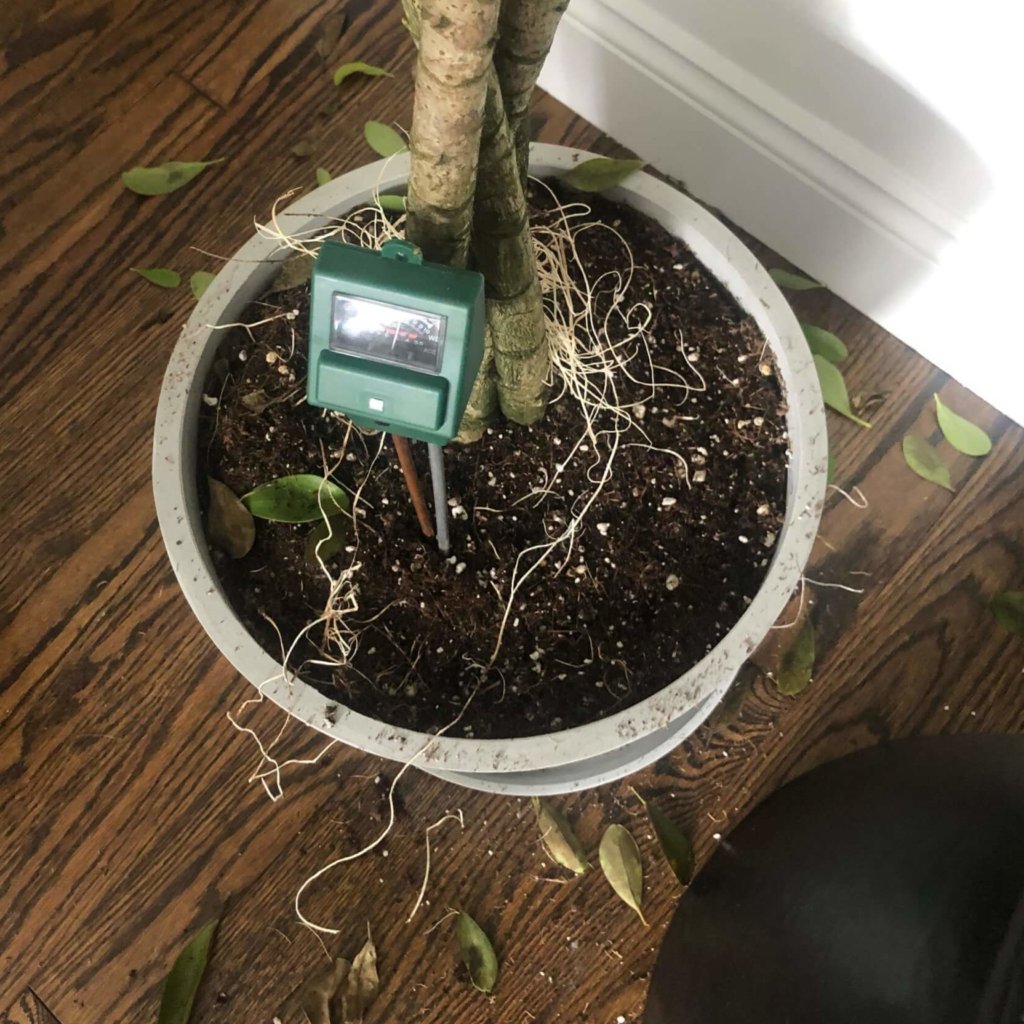
2. If your plant is dropping old and new leaves alike, you’ve likely overwatered. Remember that the shedding leaves can be green, brown, or yellow.
3. If the base of the plant stem begins to feel mushy or unstable, you’ve overwatered. The soil can even begin to give off a rotten odor.
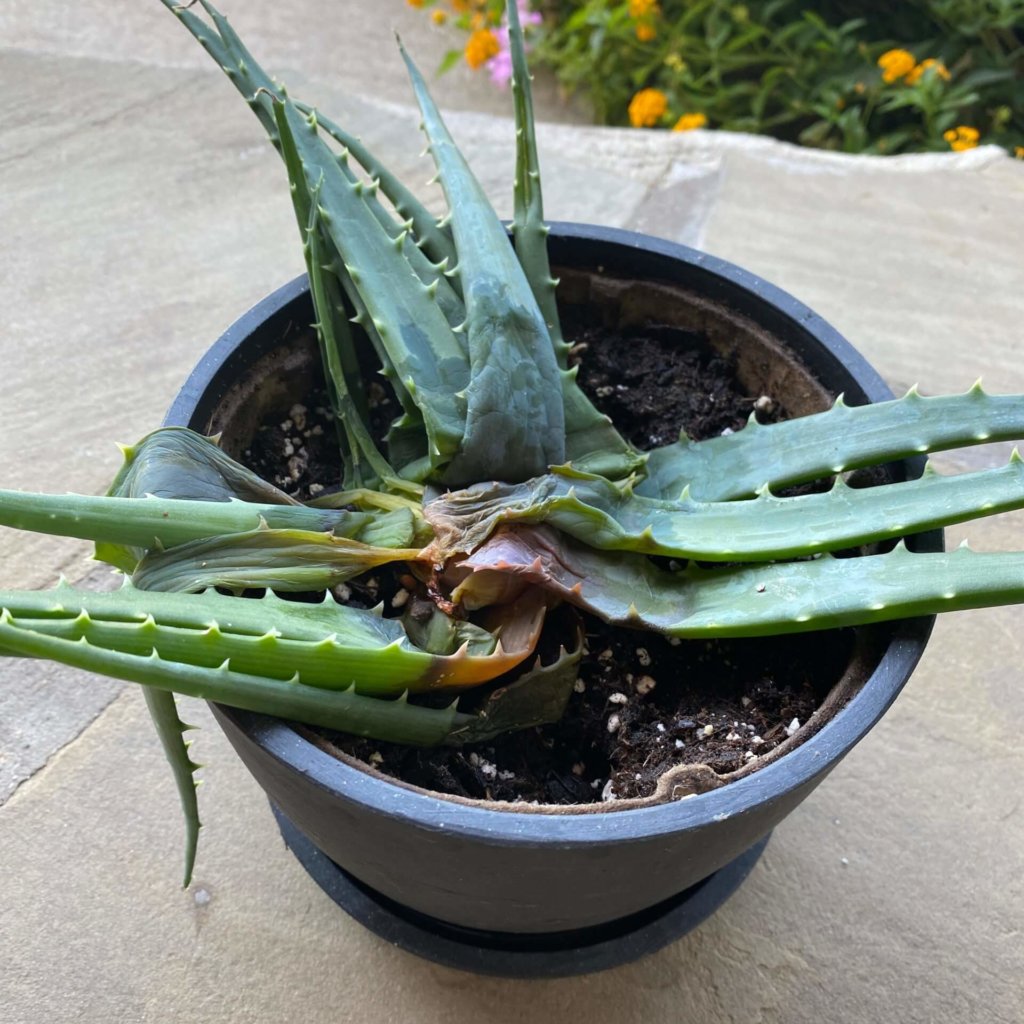
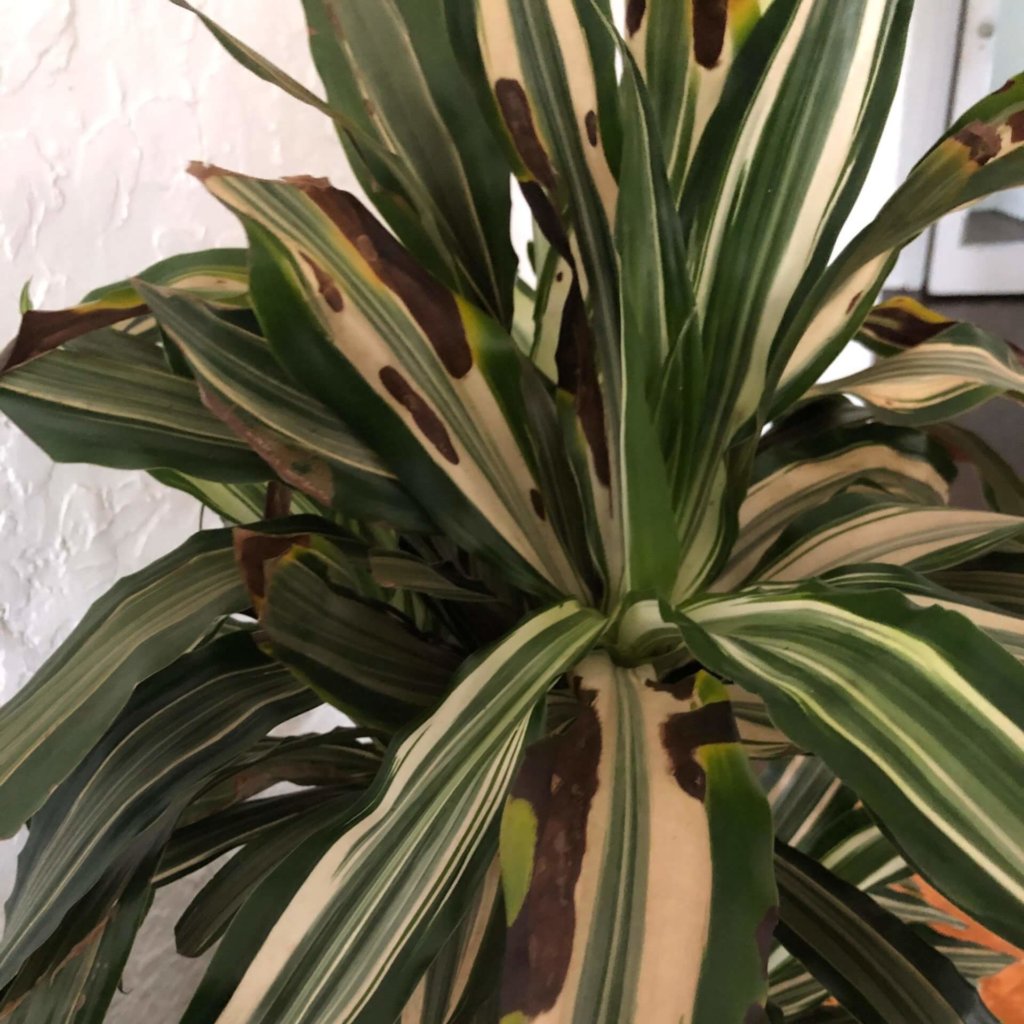
4. If the leaves develop brown spots or edges encircled by a yellow halo, that’s a bacteria infection due to overwatering.
5. Similar to sign number three, fungus or mold can grow directly on top of the soil if you’ve overwatered time and time again. The presence of fungus gnats is also a common sign of overwatering.
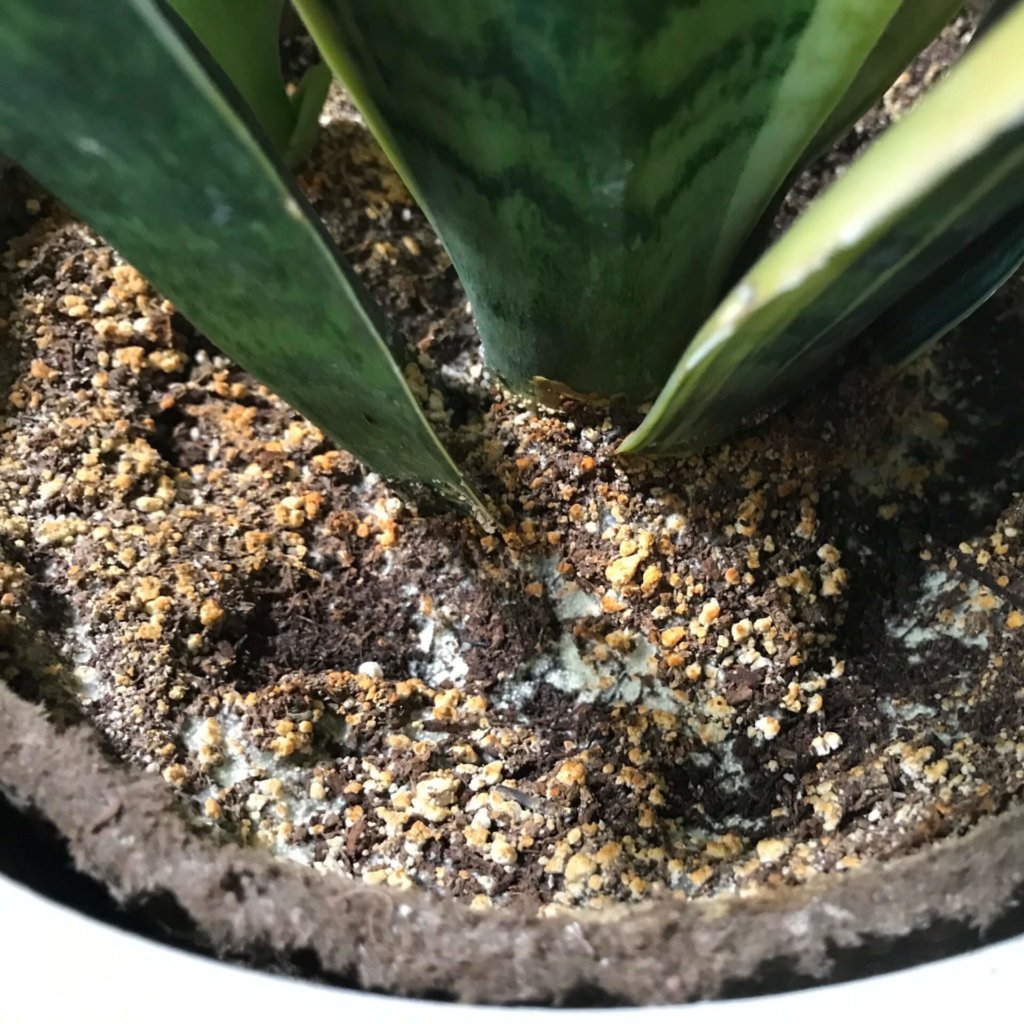
How To Nurture Overwatered Plants Back To Health
Now that you’ve identified your overwatered plants, it’s time to nurse them back to health. In mild cases, you can simply stop watering for the next few weeks and wait for your plant to recover. Don’t water until the soil is completely dry throughout all of the soil, not just at the top surface. There are a few ways to tell when the soil is completely dry: use a moisture meter, stick your finger or a wooden chopstick deep into the pot (the wood will darken with moisture), check through the drainage hole, or simply gauge the weight of the pot (the plant will become very lightweight once the soil has dried out completely).
If your plant has all five signs of overwatering, you will need to be more aggressive. Our Grow-How Team recommends repotting the plant and trimming away all the affected roots to keep it alive. Healthy root systems are bright white or yellow, while waterlogged roots are black or brown. Carefully remove the plant from its pot, gently brush away any loose soil, and cut out any black or mushy roots with sharp gardening trimmers. Be sure to use an alcohol wipe in between each cut to avoid the spread of root disease. If you choose to re-pot in the same vessel, wash it thoroughly with disinfectant soap and refill it with fresh, clean potting soil. Once this is done, water until you see it flow through the drainage holes.
How To Water Your Plants In The Future
Once you’ve rescued your plants from waterlogging, it’s time to make amends. In the future, let the soil tell you when it needs water. Always check the soil moisture throughout the pot, not just as the top surface, before you water. If it still feels moist, wait a few more days and check again. If the soil is dry, water until it flows freely from the bottom of the pot and remove any standing water. And if you ever need guidance, reach out to our Grow-How Team who can answer any plant care questions and help you perfect your watering technique.
